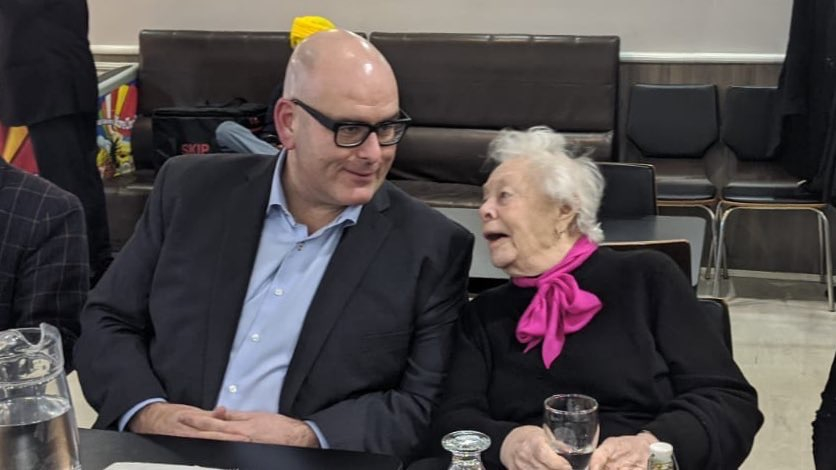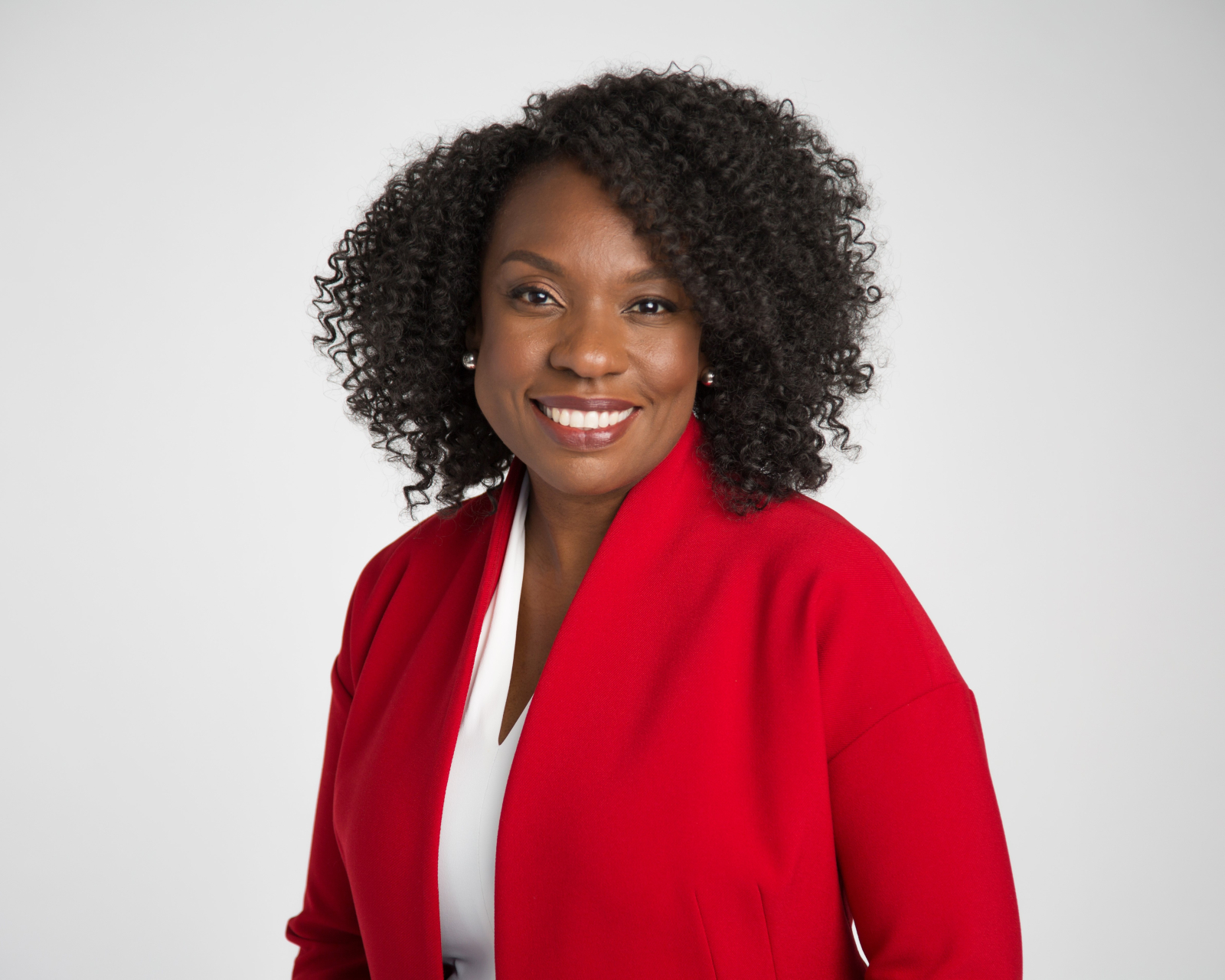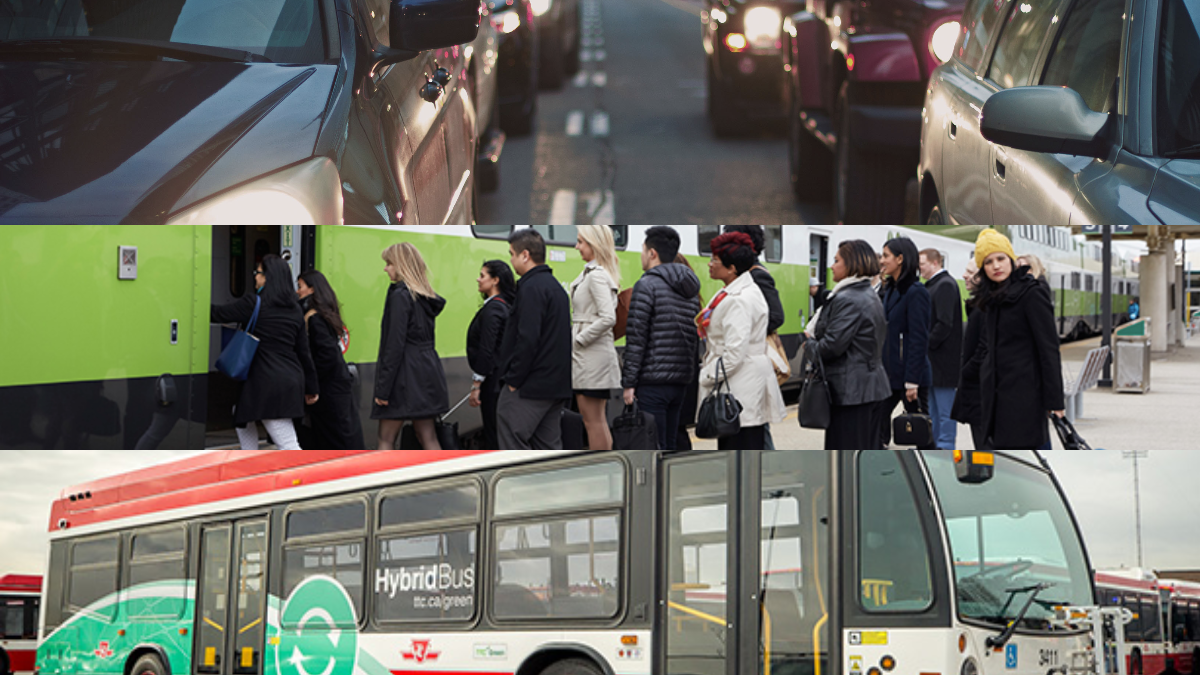Doug Ford has been fomenting resistance to the “war on the car” ever since the early 2010s, when he was a Toronto city councillor and his late brother Rob was mayor.
Since becoming premier of Ontario in 2018, he has forced gas stations to display stickers opposing the federal carbon tax, which he is fighting all the way to the country’s top court.
His government has cut transit spending plans by 40 per cent over five years. He has pulled provincial funding for Hamilton's light-rail transit project and nixed a plan for high-speed rail connecting Toronto all the way to Windsor on the U.S. border, while pushing ahead with a widening of Highway 401 between Mississauga and Milton.
Meanwhile, auto plants are cutting shifts and closing lines from Oshawa to Windsor.
In Part 2 of a three-part series, the six candidates vying to become the Liberal Party of Ontario's next leader tell Canada's National Observer what they plan to do to improve the province's transit and transportation sectors. (Part 1 covers the federal carbon price and emission targets, while Part 3 considers the electricity system.)

Steven Del Duca speaks with a party member in Pickering. Undated photo courtesy of Del Duca's campaign
Transit and electric vehicles, oh my
With transportation accounting for more than one-third of Ontario’s emissions, the scope for carbon reductions are considerable. This could be achieved by getting more drivers to use public transit instead, sharply increasing the portion of electric vehicles in the mix, or a combination of these and other policies.
So National Observer asked the Liberal candidates what plans they had to reduce transportation-related carbon emissions in Ontario.
Michael Coteau’s headline-grabbing idea is to make all public transit in the province fare-free within a decade. He doesn’t have hard targets for what this might achieve in terms of fewer cars on the road or fewer emissions. Those details would come later, he says, after he’s secured the support of the party and can undertake the necessary cost/benefit analysis.
Coteau, the sitting MPP for Toronto's Don Valley East riding, said his plan would initially target young people, seniors and those on low income in order to lower costs for those who need it most first, as well as those who by ditching their cars would have the "most significant impact toward achieving targeted environmental, economic and social objectives." He said that public transit improvement and expansion would be the “key component of new public infrastructure in Ontario.”
He said he’d develop a strategy to provide electrified, high-speed rail to the province’s southeast and southwest, and look to split freight and commuter rail traffic onto separate lines at bottlenecks around Toronto. He did not say how much his plans might cost — making GO and the Toronto Transit Commission fare-free would cost the province almost $2 billion a year, the Atmospheric Fund estimates — nor where he would find the money to pay for it.
Kate Graham is willing to propose a hike in the amount of provincial tax collected on gasoline in order to triple the amount of money the province contributes to municipal public transit. Graham says the incremental hike from 2 cents to 6 cents a litre would provide $800 million a year, by 2024, to expand and electrify transit.
Graham, a university lecturer and long-time public servant in London, Ont, said she would also introduce a law that would use a cap-and-trade mechanism for auto retailers to ensure zero-emission vehicles make up 10 per cent of personal vehicle sales by 2025, 30 per cent by 2030 and 100 per cent by 2040.
Steven Del Duca says he would attack the problem from three sides: by building more transit, making it more affordable and getting more people into electric vehicles.
Del Duca, a former transportation minister and front runner in the leadership race, said he’d cut transit fares in half for those able to travel outside of rush hour to ease maximum capacity pressure. He said the province needs to keep build transit infrastructure of all types in every region of the province and that he would present a fully costed platform before the election, due in 2022.
Del Duca and Graham both propose to match a $5,000 federal rebate for zero emission vehicles.
Graham also said she would bring back a $1,000 rebate cut by Ford for people who install electric vehicle charging stations in their homes (and reinstate a rule that all new homes be built ready to have them), install 2,000 public charging stations across the province and split costs with municipalities for 2,000 more.
Graham is also hoping to work with municipalities to get their transit systems to carbon neutrality, and expand Metrolinx’s intercity bus service with zero-emission vehicles. She would provide municipalities with $200 million over four years for safe cycling infrastructure, boost rural infrastructure spending by $100 million a year, and give $850 to people who ditch high-polluting vehicles in favour of a new e-bike.

Brenda Hollingsworth, a personal injury lawyer in Ottawa making her first foray into politics, said she would reinstate electric vehicle rebates; reinstate and expand the government-backed EV charging station network; reinstate the Hamilton LRT project; and improve transit options between Kingston and Toronto and London and Toronto.
Mitzie Hunter said she was committed to building transit where needed, including by reinstating the Hamilton LRT project. The Scarborough-Guildwood MPP and former education minister said she would create incentives for electric vehicles and look to promote renewable energy for consumers, including in transportation, without providing further details.
Alvin Tedjo said his made-in-Ontario price on carbon would help fund the electrification of the GO regional transit network that serves the greater Toronto and Hamilton area.
The Mississauga-based former policy advisor who ran unsuccessfully in the riding of Oakville North-Burlington in the 2018 election cited studies conducted by Metrolinx, the network’s operator, that show it could be done for less than $5 billion and would remove 94 per cent of GO’s GHG emissions. He argues that the faster this is done, the sooner operational savings can be used to reduce transit fares while expanding transit investment.

Ontario’s auto industry
Ontario’s auto production has fallen 25 per cent over the last two decades, as automakers move more of their work to cheaper locations including southern U.S. states and Mexico. The auto industry contributes some 2.5 percent of the province's gross domestic product.
National Observer asked the Liberal candidates how they would integrate more electric and zero-emission production capacity into this industry.
Del Duca said “there’s no easy answer” to the question of rebuilding Ontario’s auto sector. “We will need to work with auto parts manufacturers, unions and cities to drive new investment to Ontario for zero emission vehicles,” he said.
Graham said she would cut the corporate tax rate to 2.5 percent for businesses that develop technologies or manufacture products that have zero emissions, and introduce a tax credit to encourage venture capitalists to invest in green startups.
She would also invest $170 million over three years into an apprenticeship strategy focused on green jobs and revive the former Liberal government’s planned Ontario Training Bank, a $63 million plan to connect employers, job seekers and workers looking to engage in skilled trades needed in the new green economy.
Hollingsworth said under her leadership the province would support zero-emission vehicle manufacturing in Ontario by investing directly in research and development and providing small and medium businesses with access to capital and support to bring their products to market.
She said Ontario-owned startups are developing auto components and software but are often sold to foreign ownership before they get a chance to grow into viable going concerns.
Hunter said she would help Ontario’s auto sector to lead in the manufacturing of the next generation of vehicles, without providing details. She said that her government would hold a global auto summit within one year of forming government.
Coteau said he would look to establish a zero-emissions vehicle rebate and invest in technologies relating to electric and other zero-emissions vehicles, without providing further detail.
Tedjo, who drives a hybrid minivan built in Windsor, said he was committed to working with our auto sector to explore all options including connected and autonomous vehicle technology and electric vehicles.
Given that the population of
Given that the population of Toronto is expected to increase by 50% by 2050, it seems to me that to accommodate commuters, governments will ultimately have to chose between making streets wider, or building more subways. Given the problematic nature of making streets wider in a congested metropolis like Toronto, that leaves subways as the preferred option. And since most of the population growth is expected to be the result of immigration, which is a federal responsibility, then I think it is only reasonable to expect the federal government to account for considerably more than the 1/3 cost that has often been cited in the past for the city's transit projects.




Comments